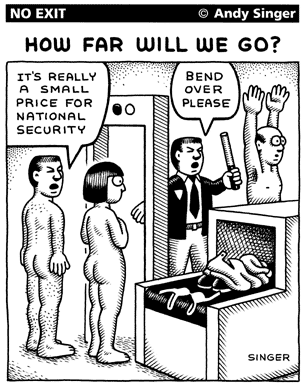Should hurricane Sandy hit the east coast of the US early next week, anyone planning to fly anywhere in the US may expect serious delays or even flight cancellations. Because US airlines are not required to provide any kind of reimbursement or compensation for flight delays or cancellations.
This storm may be particularly destructive because it may combine with other weather systems in conditions similar to those that created the 'Perfect Storm' of movie fame. Already this upcoming storm, possibly occurring around Halloween, has been given the nickname 'Frankenstorm.'
What flights may be affected If your airline has flights anywhere on the east coast of the US, a large major storm could disrupt your airline's flights throughout your network, and there may be disruptions for several days before and after the storm hits.
The current forecasts have the storm hitting the east coast early next week in an area that include airports in or near Baltimore, Boston, New York, Newark, Philadelphia, and Washington, DC. Airlines with major operations in this region include American, United, US Airways, Southwest, and JetBlue. Also, a number of international airlines fly into cities in this region.
Compensation for delays and cancellations For domestic US Flights, there are no US federal regulations that require any compensation for a delayed or cancelled flight. However, your airline may have a special policy for compensating passengers whose flights are delayed or cancelled by a major storm, and those policies may include things such as waiving fees for changing reservations.
What Should You Do?
- Check to see if your flight is affected
- Check the airline's web site for special notices about the storm
- Keep track of storm forecasts
- Be prepared to have your flight delayed, rerouted, or cancelled
Airline Travel Issues and Hurricanes
For more videos, visit the AirSafe.com YouTube channel.
Resources
Compensation for delays and overbookings
Airline travel issues and hurricanes















